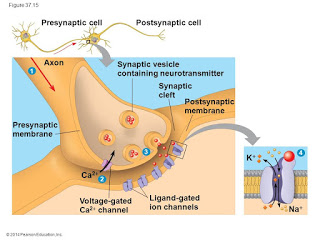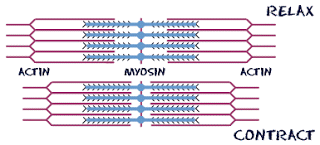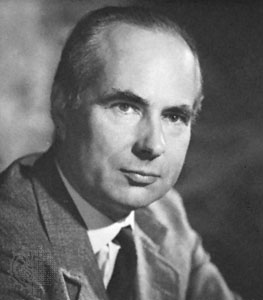The sliding filament theory by Andrew Huxley was first postulated around the early 1950’s to describe how muscles contract. This will be a very brief introduction to muscle contractions and what happens when muscle fibers are innervated.
Sliding Filament Theory
It all starts with an action potential from the brain to signal the muscle to fire. The action potential signals the release of acetylcholine (a neurotransmitter) to be released at the synaptic cleft along with calcium ions opening up the channel of neurotransmitters to stimulate muscle contraction.

The synaptic cleft is the terminal region where a neuron meets a muscle fiber. From there, calcium ions attach to actin causing what is called cross bridging between actin and myosin. ATP is the compound that powers this cross bridging to happen. From there, actin and myosin overlap eachother causing the muscle to contract.


The sarcomere which is the unit that contains the actin and myosin filaments shortens. It’s this shortening of the actual sarcomere where we an observed the contraction of our muscles. Take for example your bicep. The actual bicep muscle contracts and grows in front of our eyes. This is the actual coming together of the actin and myosin fibers. The myosin and actin units slide over eachother.

There is much more details that go into the science behind muscle contractions. This is a very brief introduction to the science of muscle contractions which is also known as Huxley’s Sliding Filament Theory which was found by Andrew Huxley a biophysicist who won a Nobel Peace prize in 1963.
Respectfully,
Josue Cano
SCJ Insider Course
Subscribe to the SCJ Insider Training Course only available for subscribers. It’s FREE!!! Weekly training and technique tips to strengthen your resolve to realizing your greatest strength potential.

